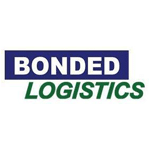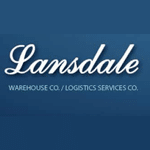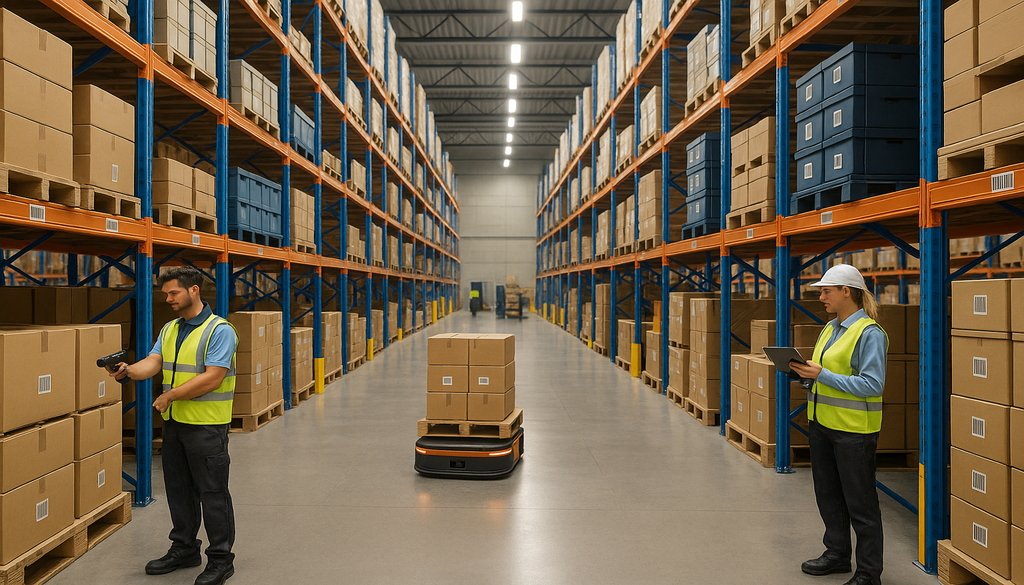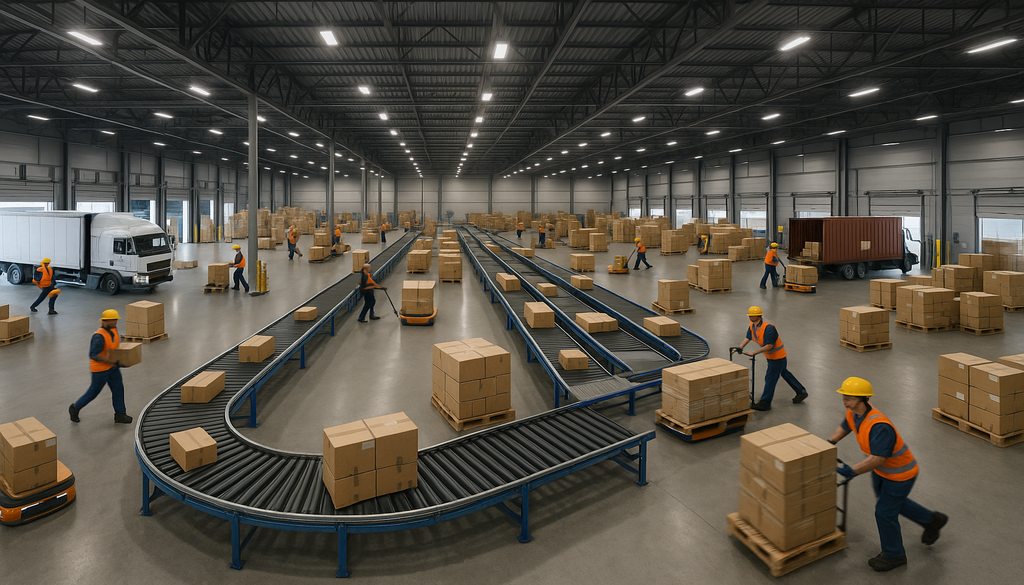How Using ‘Good Enough’ Tech Impacts Your Business and Profits
Evaluating the Impact of ‘Good Enough’ Tech on Business Efficiency and Profits
In an era where technology investment decisions can make or break a company’s competitive edge, the concept of “Good Enough Tech” has emerged as a pivotal discussion point. For businesses navigating tight budgets, shifting market dynamics, and growing customer expectations, the allure of adequate-but-not-advanced solutions is hard to ignore. This blog explores how settling for “just okay” technology influences business operations, efficiency, and ultimately, the bottom line.
Understanding ‘Good Enough Tech’: Definitions and Context
At its core, ‘Good Enough Tech’ refers to technology solutions that meet baseline business needs without offering advanced functionality or long-term scalability. These tools typically prioritize affordability and simplicity over innovation or integration potential.
Companies often adopt such solutions during early growth stages or periods of financial constraint. The rationale is simple: why pay for more features than you need today? This approach may work well in the short term, especially for small teams or legacy businesses aiming to modernize incrementally. However, as operations scale and demands become more complex, the limitations of “good enough” can become increasingly apparent.
Cost Implications of ‘Good Enough Tech’
The upfront savings of ‘Good Enough Tech’ are often its most attractive selling point. These solutions usually come with lower licensing fees, minimal setup costs, and faster implementation timelines. For companies under pressure to control expenses, this can seem like a no-brainer.
But the true cost emerges over time. Limited functionality may lead to inefficiencies, higher support needs, and eventual replatforming costs. Businesses may also incur indirect expenses through lost opportunities—such as failing to automate processes, integrate data across departments, or support new customer demands.
A long-term financial analysis often reveals that while “Good Enough” solutions save money in year one, more advanced platforms yield greater ROI over three to five years through improved efficiency, reduced errors, and better scalability.
The Impact on Business Efficiency and Workflow
In environments like warehousing or logistics, where margins are tight and precision is essential, the capabilities of your tech stack directly impact day-to-day performance. ‘Good Enough’ solutions may handle core functions but often lack the customization, automation, or integration features needed for streamlined workflows.
This can lead to:
- Manual workarounds, increasing labor costs and human error
- Siloed data, causing delays in decision-making
- Limited reporting, making it harder to optimize operations
While these limitations may be manageable early on, they tend to compound as the business grows. Conversely, companies that upgrade to robust, fully integrated platforms often report improvements in inventory accuracy, fulfillment speed, and employee productivity—all of which translate to stronger profit margins.
‘Good Enough Tech’ and Its Effect on Innovation and Growth
One of the most underappreciated drawbacks of “Good Enough” technology is its tendency to stifle innovation. These systems often lack the flexibility to accommodate new business models, integrate with emerging tools, or scale with evolving customer expectations.
Businesses relying on entry-level solutions may struggle to:
- Launch new services or sales channels quickly
- Respond to market changes with agility
- Leverage data analytics for strategic decision-making
By contrast, companies that invest in scalable, future-ready platforms are better positioned to experiment, adapt, and grow. In a world where digital agility is key to survival, being limited by your tech stack can be a costly constraint.

Case Studies: Companies That Thrived or Dived with ‘Good Enough Tech’
Case Study 1: The Cautionary Tale
A mid-sized 3PL company initially selected a low-cost warehouse management system that lacked real-time inventory visibility and robust reporting. As their client base grew, so did the operational challenges. Missed SLAs and inaccurate shipments led to the loss of major contracts. The eventual switch to a higher-end WMS came with steep transition costs and retraining requirements—pain that could have been avoided with better initial planning.
Case Study 2: Strategic Simplicity
A startup in the e-commerce space adopted a “Good Enough” order processing tool to get off the ground quickly. It was a smart move for the first 12 months, allowing the team to focus on growth without being bogged down in IT complexity. But at the end of year one, they migrated to a more powerful platform—using lessons from their early experience to tailor the new system more effectively. The phased approach enabled both speed and sustainability.
These examples highlight a key takeaway: ‘Good Enough’ isn’t always bad—if it’s part of a broader strategy.
Making the Decision: When to Choose ‘Good Enough Tech’ and When to Invest More
Not every business needs cutting-edge technology right away. The key is intentionality—knowing when “good enough” will truly serve your goals and when it will hold you back.
Consider “Good Enough” if:
- You’re in an early growth stage with limited operations
- You need a quick solution for a narrow function
- You have a clear roadmap for upgrading in the near future
Consider Investing More if:
- You’re struggling with data silos or manual inefficiencies
- You plan to scale operations or enter new markets soon
- You need real-time analytics, advanced integrations, or automation
Before committing to any tech solution, conduct a thorough needs assessment involving key departments. Consider not only the present use case but also the business you want to become in 2–3 years.
Conclusion
The temptation to settle for “Good Enough Tech” is understandable—but it comes with trade-offs. While such solutions may lower upfront costs and reduce implementation complexity, they can also create long-term limitations that impact profitability, agility, and innovation.
The most successful businesses treat technology as a strategic asset, not just a cost center. Whether you’re a logistics company managing tight deadlines or a growing e-commerce brand, your technology choices today will define your efficiency, competitiveness, and profitability tomorrow.
By aligning your tech investments with both your current needs and long-term ambitions, you can strike the right balance between practicality and performance—ensuring your tools work for you, not against you.
Frequently Asked Questions (FAQ)
Q1: What is ‘Good Enough Tech’?
A1: ‘Good Enough Tech’ refers to technology solutions that meet a company’s current functional needs but may lack advanced features, scalability, or integration capabilities. These tools are often chosen for their low cost and quick implementation.
Q2: Why do businesses choose ‘Good Enough Tech’?
A2: Companies often opt for “Good Enough” solutions due to budget constraints, urgency, or a belief that more robust solutions aren’t necessary for their current size or operations. It can be a smart move—if paired with a clear roadmap for growth.
Q3: Can ‘Good Enough Tech’ hurt long-term growth?
A3: Yes. While helpful in the short term, such technology may eventually limit automation, integration, and data visibility—leading to inefficiencies, higher costs, and missed opportunities for growth or innovation.
Q4: How do I know if it’s time to upgrade?
A4: If your teams rely on manual workarounds, data silos are impacting decisions, or you’re struggling to scale operations, it may be time to invest in more advanced technology. A thorough audit can help assess gaps and guide next steps.
Q5: Are there smart ways to start with ‘Good Enough Tech’?
A5: Absolutely. Starting simple can be strategic if you treat it as a temporary stepping stone. Focus on tools that can grow with you or integrate into more robust systems later. Make sure to set benchmarks for when it’s time to evolve.












